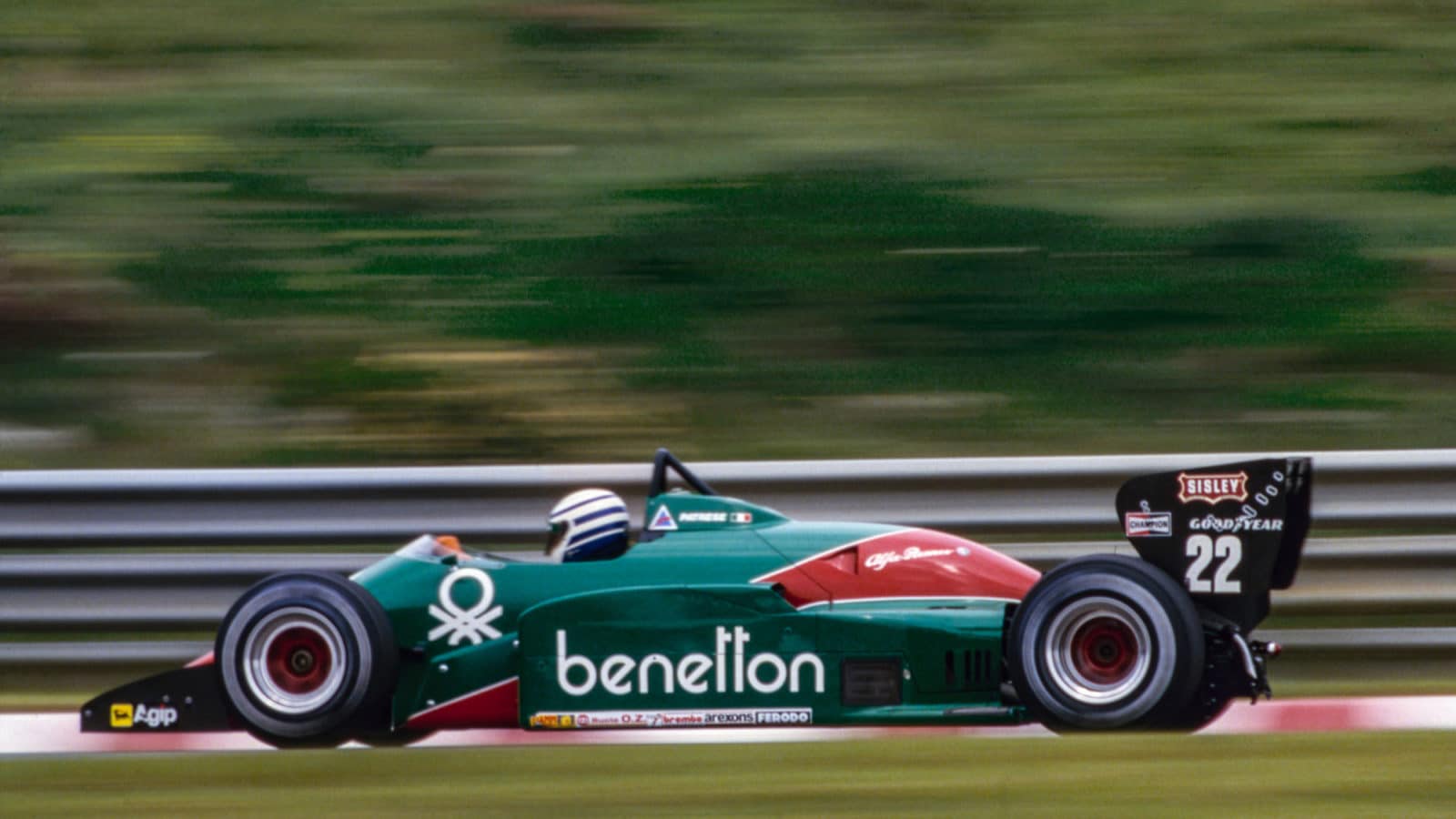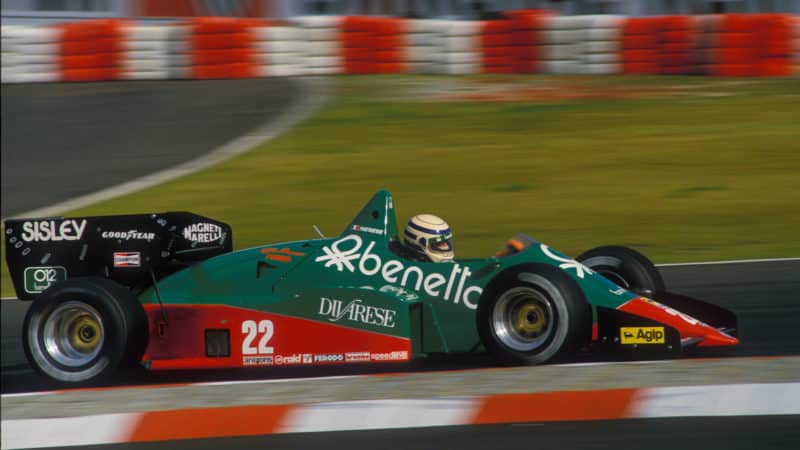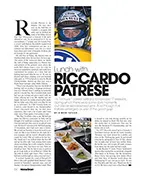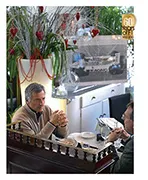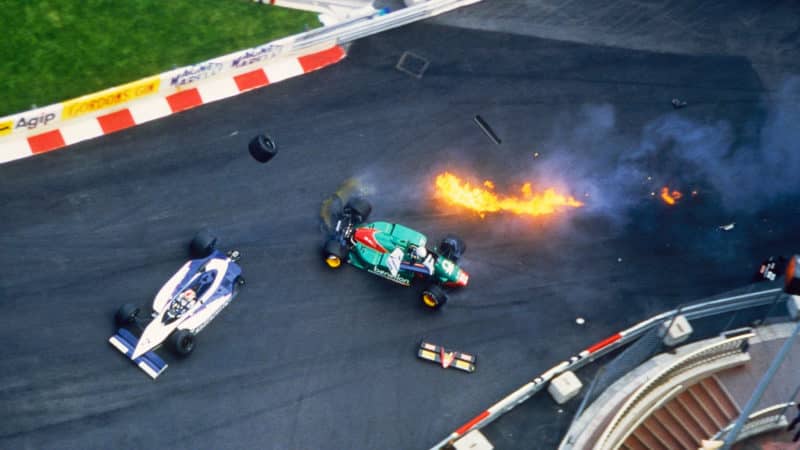In 1983 Alfa made a half-hearted attempt to cut its losses, and handed its racing operation to Paolo Pavanello, boss of the successful Euroracing F3 team. The following year Benetton came on board as main sponsor, and Patrese and Eddie Cheever joined the team to complete the fresh new look.
“Because I had an English attitude towards motor racing, I always found myself much happier racing for English teams,” says Riccardo. “In my time with Euroracing there was more pressure, because of course Alfa was behind the project, even if there was no direct involvement from the marque.
“In ’84 it was not great, but at least I got a podium at Monza, and fourth in South Africa. Anyway it was the first year, and everyone was expecting more the following season. But in fact it was much worse…
“The team owner, Mr Pavanello, always had something to say, and the designer didn’t have a free hand to do what he really wanted to do. He always had to compromise with the ideas of Mr Pavanello, and because of that the because didn’t come out well.
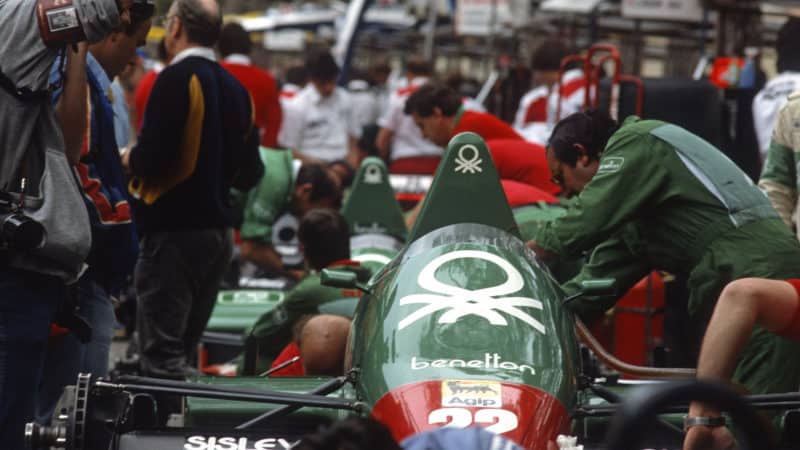
Intra-team politics hampered progression
Grand Prix Photo
“When you first shake the car down you can see immediately if it has potential. It has to be quick, and then you find reliability, and of course you tune the car and go better. But if you come out of the box slow, with big problems, you’re in trouble.
“The new chassis and aerodynamics were not very good. I suppose that everything they did during the winter was not done the right way. The engine was very thirsty, so we had to carry a lot of fuel for a grand prix distance, so we were always very heavy.
